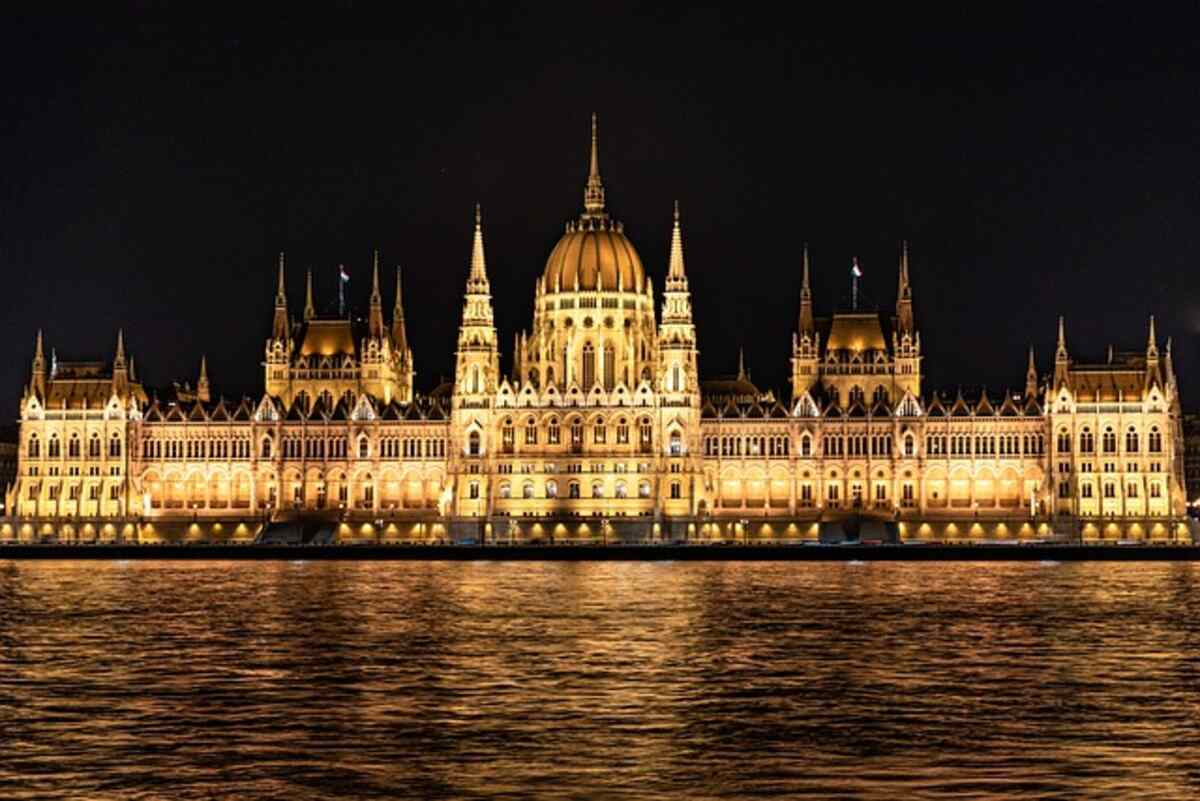Downlighting refers to lighting directed downward, often on an area or structure in your landscape. This illumination method is ideal for lighting pathways, driveways, and other high points throughout your yard. Get the Best information about difference between spotlight and downlight.
These lights can either be recessed into the ceiling or surface mounted, leaving only their bezel and bulb visible for an ultramodern lighting interior design aesthetic.
Ambient Lighting
When someone enters a room and flips on the light switch, their first lighting choice usually involves ambient lighting fixtures. These pieces illuminate from all directions – for instance, ceiling-mounted or flush-mount fixtures that point downward, wall sconces that cast a shadowy wash of light onto walls, and floor lamp torchieres that provide more diffused illumination – setting the scene and mood in any given space.
Ambient lighting sources include windows during the daytime and natural illumination from moonlight or sunlight in the evening. While realistic description can provide beautiful images, working with it requires skilled photographers or cinematographers who understand its unique challenges – white balance and exposure must be handled precisely, while harsh shadows or overly bright areas must be mitigated using additional lighting or post-processing solutions.
Lighting your home effectively means using layers. A combination of ambient, task, and accent lighting can significantly transform a space, while few lighting types make as significant an impactful statement as ambient illumination – for instance, in living rooms where appropriate lighting sets an aesthetic tone and enhances their ambiance.
Task Lighting
In contrast with ambient lighting, which illuminates an entire space, task lighting illuminates specific areas for specific tasks. For instance, woodworking shops or art studios could benefit from dedicated task lighting to perform particular tasks more accurately and precisely.
Task lights can assist in reading small print without magnification and viewing fine details on computer screens more clearly and reduce eye strain. They are also great tools for delineating distinct spaces within open-plan offices, clearly separating collaborative and private workspaces.
These lights typically consist of recessed cans or pendants; however, they may be wall-mounted or attached directly to ceiling panels. Their lighting source could include halogen bulbs, fluorescent tubes, incandescent, or LEDs rated for at least 1000 lumens and can be dimmed for optimal control and efficiency.
Other applications for task lighting include under-cabinet lights in kitchens and bathrooms, long strips, and rope-type formats that can be strung across tricky corners without needing rewiring your home, lamps being the most accessible form. Lamps offer multiple directional options and can easily be moved around a room; plus, they’re an inexpensive way to update lighting without spending lots of money or changing electrical systems – plus, many models feature reflectors designed to maximize light output on work surfaces.
Uplighting
Down lighting refers to any ceiling light fixture designed to cast light downward, in contrast to spotlights, which direct light upward. Numerous downlight fixtures are available; some are explicitly intended to blend into your roof line, while others are fireproofed for added safety during an emergency.
Downlights explicitly designed to create modern and minimalist environments are usually dimmable to allow for the creation of different moods or atmospheres with lighting.
Downlights provide more focused lighting that accentuates your property’s statues, fountains, and other features. Their narrow beam spread makes illuminating specific areas simpler while eliminating shadows or having light blocked by foliage like trees.
Uplighting is an effective way to add an air of drama and excitement to any event or party, using colored uplights to fill your event space with vibrant hues that elicit emotions and responses from attendees. This technique works exceptionally well on tall structures that could otherwise feel intimidating – helping make tall buildings feel cozy and welcoming!
Tree Lighting
Tree lighting can help bring out the features of your landscape that set it apart during a nighttime setting, creating an air of mystery or excitement about the property. Watching how a tree lights up at night makes it seem magical and even like it has its persona!
Lighting a tree adequately requires not overdoing it, or you could damage its beauty and affect the experience as a whole. Too many lights on a tree can begin to obscure its reflections onto leaves and branches, removing their beauty.
Utilizing different luminaires for uplighting and moonlighting can add depth and dimension to any scene. Narrow distribution projectors can add emphasis, while floodlights offer ambient illumination. A good inclination angle for uplighting should be approximately 30 degrees.
Consider when selecting an uplighting lamp that it emits different amounts of red and infrared wavelengths that could negatively impact tree growth, including dormancy. LEDs or low-intensity bulbs that don’t cast these wavelengths would be best; high-pressure sodium and metal halide lamps could also negatively impact certain trees.
Read Also: Premier Sunday Crossword September 18 2022 Answers


